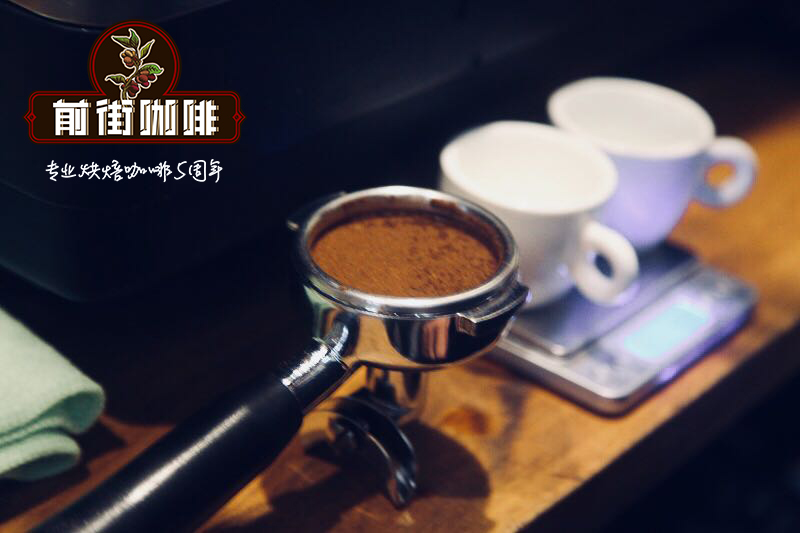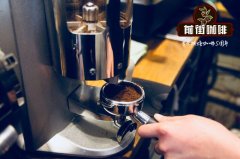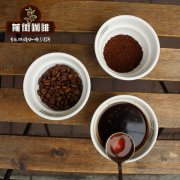Espresso | how to ensure a stable flow rate during the extraction of espresso is important

Have you ever tried to keep the extraction time of espresso consistent? Maybe you have checked the machine to make sure that the pressure and temperature are stable. Your powder is correct. And you have to tamp it carefully. However, no matter how much you follow these best practices, the extraction time will change.
So what's the problem?
Well, this may be your process consistency. Flow rate is one of the most neglected variables in espresso. It can affect the consistency and can even be used to better control the extraction.
What is the flow rate?
Let's start by defining the flow rate: this is just the amount of water flowing from the head of the group during the time it takes to start the pump.
In other words, it can measure the flow rate of water in the process of making espresso.
Moreover, if you do not have a constant flow of water, not only the extraction time will change, but also the flavor of espresso will change. As Simone Guidi said: "if I add more or less water to the coffee, its aroma will be released more or less or in different ways."
When the traffic is inconsistent, everything will go wrong
So, what should you do if your traffic is inconsistent? Danilo gives this example: "you have set up a bean grinder for a certain amount of time and weight in the coffee [store], so you want to increase the extraction to 20g / 38g (about 20g) seconds. Suppose one team is less mobile than the other, or your team is more mobile in the fifth extraction after performing this operation. "
The following will happen:
At a lower rate: "you will increase the contact time between coffee and water and reduce the pressure in the portafilter, regardless of the pump pressure, but the resistance in the portafilter cavity will be reduced."
Higher ratio: "you will reduce [extract]." Plus the pressure on the Portafilter chamber will change. "
In each case, changing contact time and pressure will affect the flavor and quality of espresso. This eliminates all the hard work you put into dialing the phone and finding the best recipes, and leads to inconsistencies in the quality of coffee-as your regulars will notice.
What causes traffic inconsistencies?
There are many problems that can affect your flow consistency: pump failures, worn parts that need to be replaced, and even old and outdated machines.
But it's not just about your device. It also depends on how you use and maintain it. Danilo told me, "especially on high-standard machines." It's not the pump. Sometimes, users do not clean one group correctly or use only one group all the time. "
Remember, if you want to invest in high-quality equipment, you need to take care of it.
A simple method for calculating flow
Danilo recommends that everyone who has a coffee maker in a coffee shop or home should calculate its flow. For each group, it should be executed at least twice without using portafilter.
He suggested: "you put a precision scale at the bottom of the machine, place a water tank under the group head, and then start the group pump and timer at the same time for 20 seconds." He suggested.
"after that, suppose you have 200 grams of water, then you know to extract 10 grams of water per second. Because you experienced 20 seconds and 200 grams. "
Can a variable flow rate lead to better espresso?
But consistency is just the beginning of using flow rates to produce better espresso. Yes, you want a controllable and repeatable rate-but that doesn't mean the rate has to be the same throughout the extraction process. In fact, controlling flow changes allows you to shoot better and tastier shots.
Simone uses Dalla Corte Mina, a professional single-group machine that allows you to change the flow rate of the intermediate extraction based on a pre-created profile. "We have found that by changing the flow rate at a specific time or during the extraction process, we can dissolve the coffee in different ways," he said. So [we can] extract aromas from coffee in different ways. "
He remembers going to Budapest in 2017 and invited roasters from all over the world to try their coffee, which he brewed with different flow curves. "it's interesting because when I gave them the cup, they didn't realize it," he said. They said, "this is not my coffee. Better! & # 39; "
How to control the flow rate to get better espresso
So what can be achieved by controlling the flow rate? Simone said: "I can reduce bitterness, I can reduce acidity, I can reduce astringency, because sometimes this happens." I can reduce dryness and improve sweetness. "
Like all things related to coffee, there is no simple flow rate formula. It always depends on the coffee being discussed. But Simone is willing to provide some guidance for those who start using this variable.
He stressed: "We can't give a general answer to this, but I have seen from my own experience that becoming softer means less traffic, and in the first place, you are more able to extract sweetness and complex acidity. As a result, the cup becomes more balanced and brighter, thanks to tenderness in the pre-injection process. "
Flow: this is the forgetting variable of espresso, but it can have a significant impact on quality and consistency. Then what are you waiting for? Check the traffic on the machine!
Important Notice :
前街咖啡 FrontStreet Coffee has moved to new addredd:
FrontStreet Coffee Address: 315,Donghua East Road,GuangZhou
Tel:020 38364473
- Prev

Semi-automatic espresso machine purchase guide is the performance of the coffee machine the more expensive the better
Do you want an espresso machine, but you don't know what to do? Are you not sure if you want to buy production or semi-automatic machines? Want to know if your new coffee machine needs stress analysis? Check out this guide for a guide to buying the best machines for your home, coffee shop or business. Factors that you should consider there are many good machines, but effective methods for a person may be
- Next

Espresso knowledge | will the temperature of coffee powder lead to uneven extraction of espresso?
Are you worried about the water temperature change in the head of the espresso machine 3C? Yes? Well, what if I told you that the temperature change of your ground coffee might be much greater? The relationship between coffee powder temperature and espresso quality is often overlooked. But it exists-the industry begins to pay attention to it. Is your coffee grinder heating ground coffee? There are many different types of grinders available
Related
- Beginners will see the "Coffee pull flower" guide!
- What is the difference between ice blog purified milk and ordinary milk coffee?
- Why is the Philippines the largest producer of crops in Liberia?
- For coffee extraction, should the fine powder be retained?
- How does extracted espresso fill pressed powder? How much strength does it take to press the powder?
- How to make jasmine cold extract coffee? Is the jasmine + latte good?
- Will this little toy really make the coffee taste better? How does Lily Drip affect coffee extraction?
- Will the action of slapping the filter cup also affect coffee extraction?
- What's the difference between powder-to-water ratio and powder-to-liquid ratio?
- What is the Ethiopian local species? What does it have to do with Heirloom native species?

